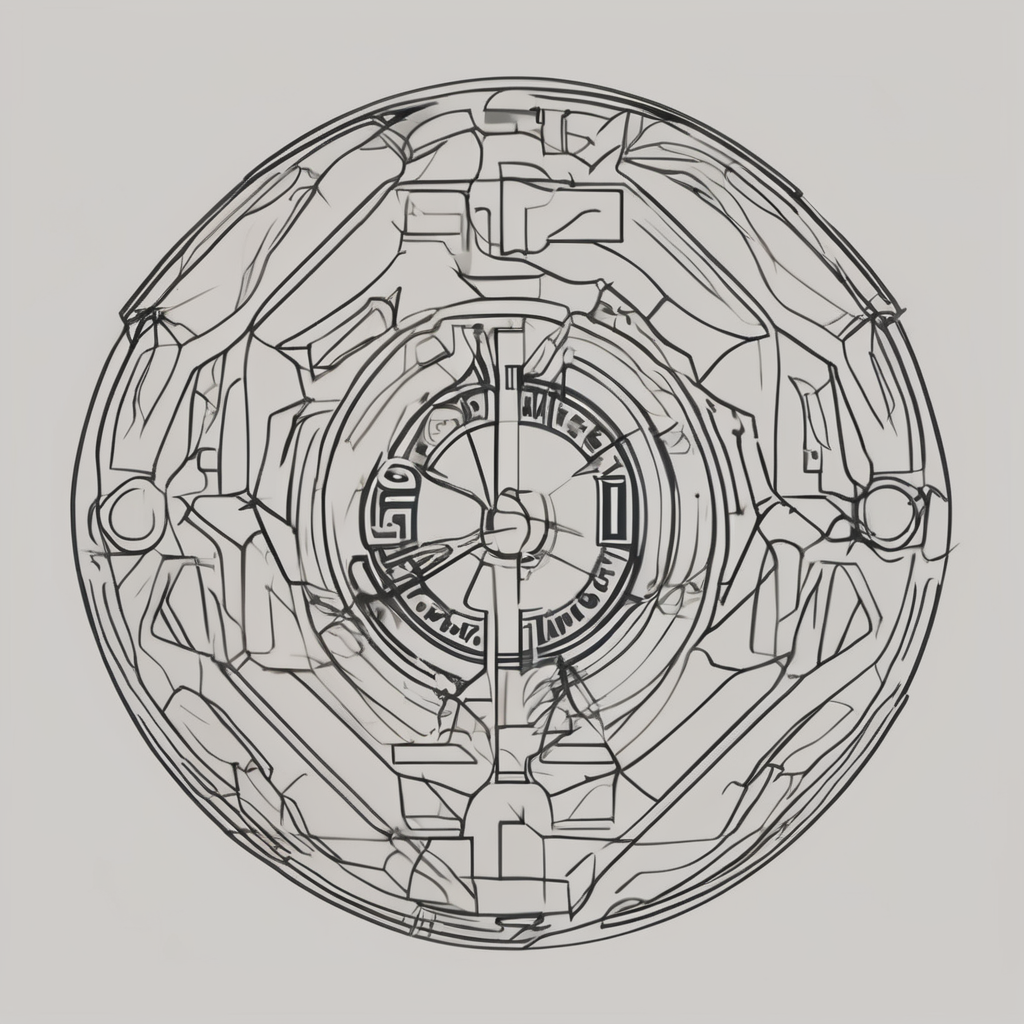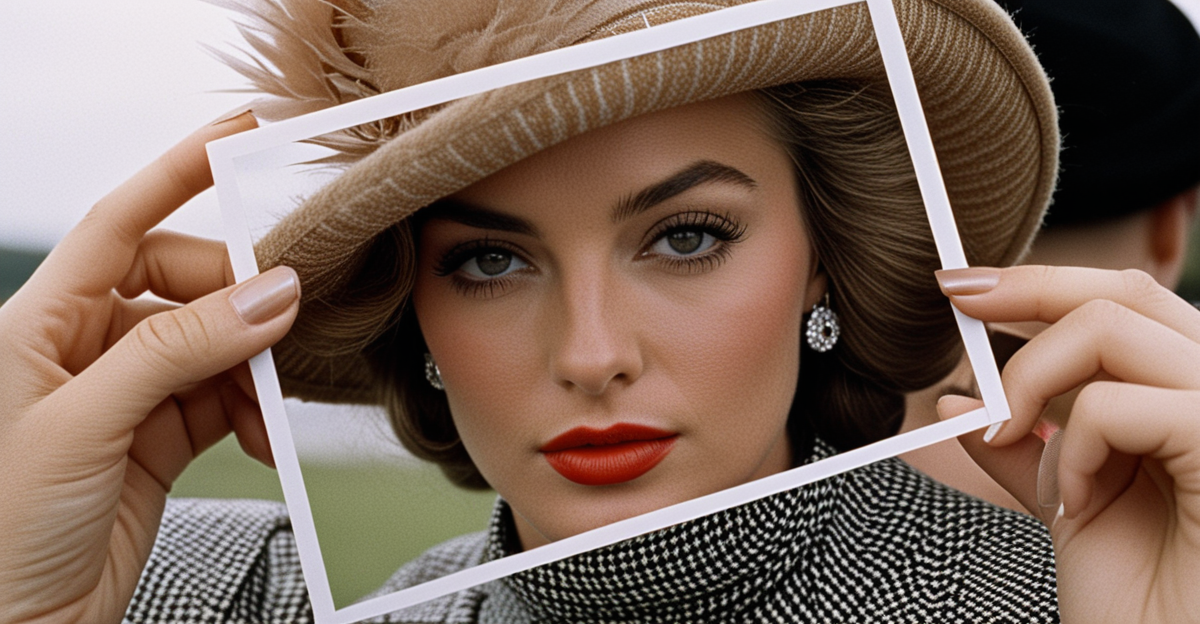Overview of Women’s Fashion Evolution in the UK
Women’s fashion history in the UK has undergone significant transformations, tracing a rich British fashion timeline marked by evolving styles and cultural shifts. Each decade introduced distinct fashion trends evolution reflecting societal changes and technological advances.
From early restrictive garments to more liberated silhouettes, UK women’s fashion history focuses on both aesthetic changes and functional adaptations. Industrialization, wars, and cultural movements heavily influenced these shifts. For instance, the changing roles of women in society often dictated silhouettes, fabric choices, and practical elements in clothing.
In parallel : How Can UK Women’s Fashion Keep Up with Global Trends?
Fashion trends evolution in the UK also mirrors social identity and political climates. The interplay between class, gender roles, and cultural expression shapes styles, making fashion a dynamic social barometer. These trends are not only about appearance but also carry deeper meanings tied to empowerment and resistance.
Overall, studying women’s fashion history UK reveals a complex narrative of adaptation and expression. This British fashion timeline serves as a window into the cultural fabric of the nation, highlighting the importance of fashion as both a personal and collective statement throughout history.
In the same genre : How Can British Women’s Fashion Embrace More Sustainable Practices?
1920s–1940s: Flapper Era to Post-War Utility
The 1920s women’s fashion UK scene marked a significant departure from previous restrictive styles. The flapper style emerged as a symbol of liberation, characterised by dropped waistlines, shorter hemlines, and loose silhouettes. This change reflected women’s growing independence and social freedoms after World War I. The fashion trends evolution during this decade embraced youthful exuberance and rebellion against Victorian norms, with accessories like cloche hats and bobbed haircuts completing the look.
Moving into the 1940s British fashion period, World War II profoundly influenced clothing. Rationing and fabric shortages led to the development of utility clothing, designed for durability and practicality without sacrificing style. Government regulations necessitated minimal use of fabric, which shaped silhouettes to be simpler but functional. These restrictions fostered creativity—women adapted by reusing materials and embracing tailored, sharp lines.
Social shifts played a key role as the war effort saw women enter the workforce, altering fashion needs. Post-war, fashion trends evolution began to mirror a cautious optimism mixed with practical designs, setting the stage for the more extravagant styles of the coming decades. This era exemplifies how UK women’s fashion history responds dynamically to external pressures and social change.
1950s–1960s: New Femininity and the Swinging Sixties
The 1950s fashion UK scene embraced a renewed femininity, mirroring post-war prosperity. Women’s fashion history UK highlights the popularisation of full skirts, cinched waists, and elegant, ladylike silhouettes, reflecting societal desires for stability and traditional gender roles. This era’s fashion trends evolution showcased refined fabrics and detailed craftsmanship, emphasizing grace and poise.
Transitioning to the 1960s British fashion, the landscape transformed dramatically with the rise of youth culture and the Mod fashion movement. Characterised by bold geometric patterns, mini skirts, and vibrant colours, this shift symbolised rebellion against established norms. Designer Mary Quant played a pivotal role, popularising the mini skirt and championing playful, accessible styles, thus reshaping the British fashion timeline.
The 1960s also witnessed the fusion of British pop culture and fashion, with music icons influencing trends that spread worldwide. The era’s fashion trends evolution underlined a break from the past, embracing freedom and experimentation. Together, these decades illustrate how UK women’s fashion history reflects broader cultural changes and the evolving role of women in society.
1970s–1980s: Individualism and Subculture Styles
The 1970s UK fashion marked a decisive turn towards individualism and self-expression. Women’s fashion history UK during this period highlights a departure from uniformity, embracing eclectic bohemian styles. The era’s fashion trends evolution gave rise to punk fashion, characterised by torn fabrics, safety pins, and rebellious motifs that challenged societal norms. This defiant style became a vehicle for youth disenchantment amid economic uncertainty.
Transitioning into the 1980s women’s trends, power dressing emerged as an essential element, reflecting women’s expanding roles in professional spheres. Shoulder pads, sharp tailoring, and bold colours symbolised confidence and ambition. UK subcultures such as new romantics added flamboyance, with extravagant makeup and hairstyles influencing mainstream fashion.
This British fashion timeline underscores economic and social shifts—unemployment, political unrest, and rising individual rights—as catalysts for these styles. The evolving tastes illustrate how fashion trends evolution mirrors broader cultural movements, making clothing a vivid language of identity and resistance throughout these transformative decades.
1990s–2000s: Minimalism to High Street Boom
The 1990s women’s fashion UK embraced a sharp shift towards minimalism, departing from the flamboyance of previous decades. Clean lines, neutral palettes, and understated elegance defined this era’s fashion trends evolution. Influenced by iconic supermodels and designers like Calvin Klein internationally, British styles adopted simplicity as a powerful statement, reflecting a cultural desire for authenticity amid rapid globalization.
Moving into the 2000s British fashion, accessibility surged with the rise of high street brands collaborating with top designers. This democratization of fashion allowed consumers to engage with runway-inspired pieces at affordable prices. Designer collaborations brought exclusivity to the masses, blurring boundaries between luxury and everyday wear. Technology and the internet further accelerated trend cycles, shaping fashion consumption.
Throughout this period, the British fashion timeline reveals a balance between innovation and commercial appeal. The key factor driving these decades was a growing consumer appetite for versatility and immediacy in style, mirroring wider societal shifts towards fast-paced lifestyles. This era set foundations for the digital and sustainability-driven emphasis that dominates contemporary women’s fashion history UK.








